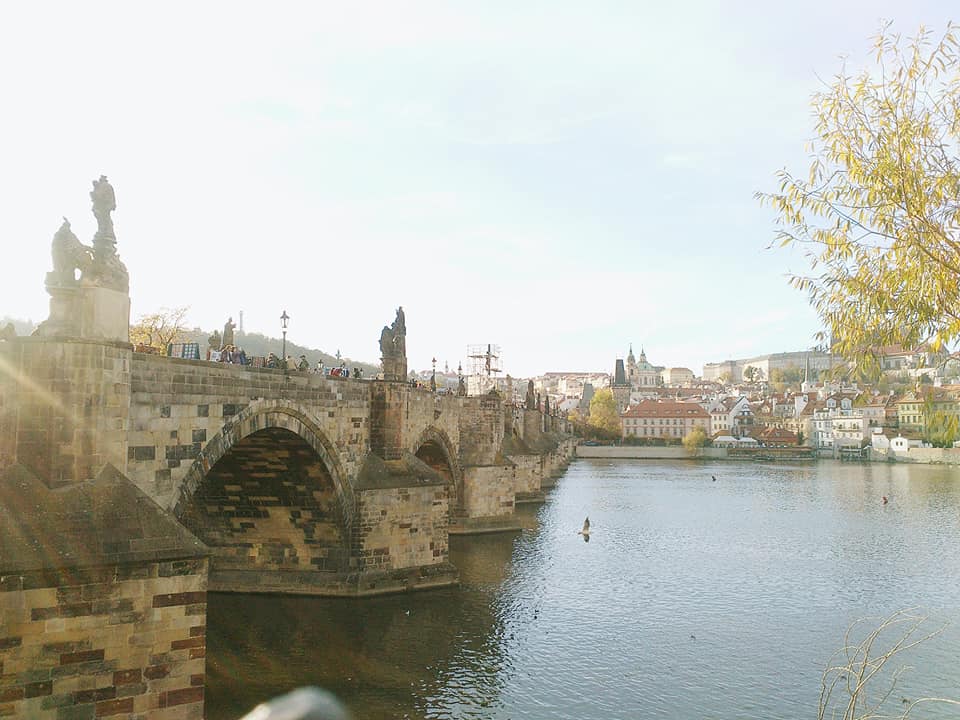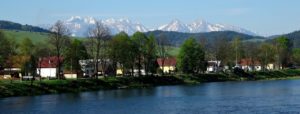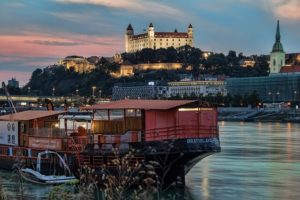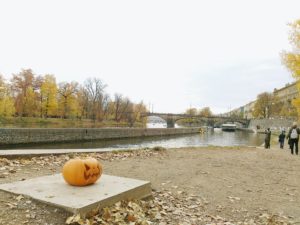You must be curious about what does this word “Bohemian’’ mean ?
If you look it up in a Dictionary then you will find “Gypsy” as its meaning. So why is it so that this word “Bohemian” is used today to describe a Gypsy way of life?
What is the connection between the people of Bohemia and the Gypsies?
The answer lies in the history. During 15th century , due to political and social instability at home, many Bohemian people left their native land and went to the Western European Empire.
The French confused these exiles with Gypsies. so for the French, the word Boheme became synonym for Gypsy. The word has been used quite often in popular culture. Its recent example is the song “Bohemian Rhapsody” by Queen band.
Now let’s resume our journey.
We have arrived at the Charles Bridge spanning across the river Vltava.
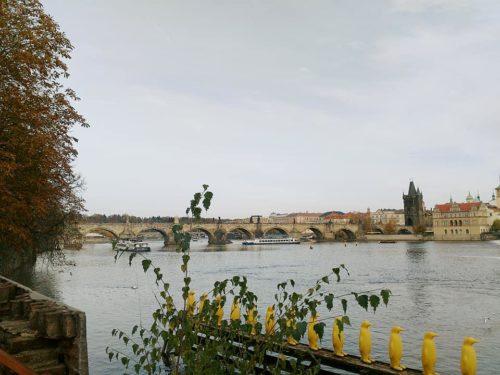
 At St Paul’s Cathedral in England, on the tomb of its architect Christopher Wren,there is a beautiful epitaph :
At St Paul’s Cathedral in England, on the tomb of its architect Christopher Wren,there is a beautiful epitaph :
“si monumentum requiris, circumspice” (if you seek a monument, look around you)
Same can be said of this bridge. Charles Bridge is like an Art Gallery full of monumental statues.
Across its entire length there are 30 statues of various historical figures of Czech history. It was begun in 1357 under Charles IV and it took a century and a half to get it completed.
On this bridge among other statues there is one bronze statue of John Nepomuk who is patron saint of Bohemia. He was a Royal Confessor. In 1383, king Wenceslaus IV asked him to reveal what the Queen had confided to him in confessional. John Nepomuk refused the command. So the infuriated king had him thrown alive from the bridge.
And this name of John Nepomuk has one curious fact related to it.
You all know Adolf Hitler. His father Alois Hitler had an uncle whose name was Johann von Nepomuk Huetler!!! Historians have long argued over the fact that Hitler may have had a Czech connection through his paternal family-line.
Bohemia was seldom ruled by a native king. Local nobles were not strong enough to have a commanding influence over people, so kings were elected at one time or another from countries like Germany, Poland, Austria, Luxembourg and others.
In 1306, after the death of Wenceslaus III, there came an end of the Prezmyslid dynasty in Bohemia.
In 1310, John of Luxembourg was called to become the King of Bohemia. He ruled as a very chivalrous king. He was adventurous and had fought wars in almost every part of Europe. So it was said of him that “nothing can be done without the help of God and the king of Bohemia”
He was injured during a campaign against Lithuania and became blind. In an effort to help France in a war against England he led his army in the battle.
When his army was being defeated by enemy forces, he bade his two knights bind their horses on either to his side and lead him against the enemy saying,
“So will it God, it shall not be said that a king of Bohemia flies from the battlefield.”
He died in this battle. His son, Charles IV, inherited the throne after his death. He expanded the boundaries of his kingdom and made Prague one of the most beautiful cities in Europe.
He founded the University of Prague (1347) and adorned the city with buildings of great architectural beauty.
This Charles Bridge connects the Stare Mesto (old town) with Mala Strana ( little quarter) toward where we are about to go now.
This side of the city contains the area known as Hradčany. This place is where Prague Castle complex is situated which includes St Vitus’ Cathedral and other historical buildings.
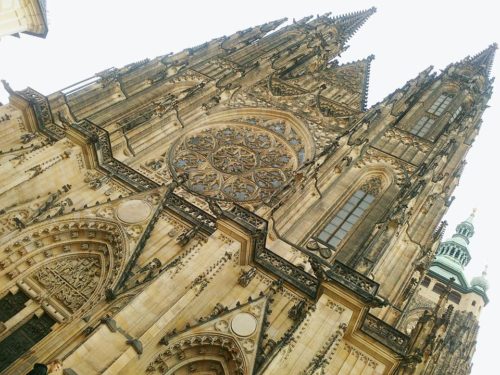
St Vitus’ Cathedral rises in the center of this complex. It was built by Charles IV. He engaged Matthias of Arras as an Architect for this cathedral. It was built at the site of a church built in 935 by St Wenceslaus, Duke of Bohemia.
This Cathedral is Westminster Abbey of Bohemia as here lies the tombs of Bohemian Kings ,Queens ,Saints and other luminaries.

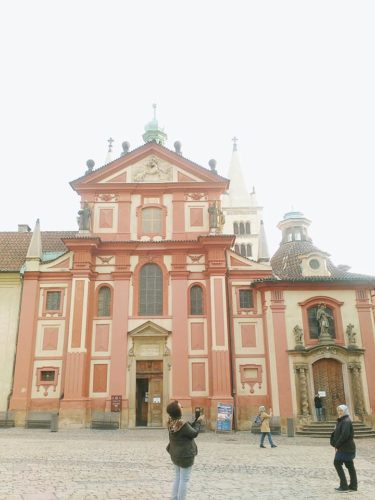
Nearby there is a street called “Golden Lane” or “Street of Alchemists”.
As the story goes, Rudolph II (1575) rounded up Alchemists and settled them here for the task of turning baser metals into Gold. And that’s why the name “Golden Lane” or “Street of Alchemists” by which the street is known today.
So now, we have talked about almost all of the important places and monuments in Prague.
In passing, let’s just see one more historical monument without which our journey would be incomplete.
This illustrious king Charles IV built a castle outside the city which is known as Karlštejn castle ( Charles Stone, or in Czech- Karluv Tyn , which means Charles’ Castle)
That same Matthias of Arras was also the Architect of this Castle.
The purpose was to store imperial jewels and treasure in a safe place and this Castle served the purpose very well.
I hope you enjoyed reading this detailed account of my journey through Prague.
You can write your reviews in the comment section below..
NAKHVAMDIS..
* Special thanks to Mr Ravi Desai who has helped us with some Research-Work about Prague and its history.
*References
– Romantic Czechoslovakia by Robert Medill McBride
– The Rough Guide to Europe on a Budget
– The Rise and Fall of the Third Reich by William Shirer

